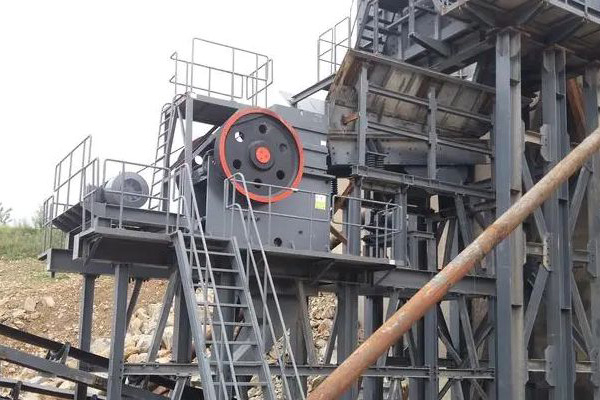Maintaining a rock jaw crusher in Zambia, or any other region, is essential for ensuring its optimal performance and extending its lifespan. Jaw crushers are widely used in the mining, construction, and aggregate industries for their ability to crush hard materials. Proper maintenance minimizes downtime, reduces repair costs, and enhances productivity. Below are key aspects of maintaining a jaw crusher.

1. Regular Inspection and Monitoring
The first step in maintaining a jaw crusher is conducting regular inspections. This includes checking for signs of wear on critical parts like the jaw plates, toggle plate, eccentric shaft, and bearings. Inspect the crusher’s structural components, such as the frame, to ensure no cracks or deformations have occurred, as this can lead to failure during operation.
2. Lubrication
Jaw crushers have moving parts, and proper lubrication is crucial for their efficient operation. Grease should be applied to the bearings and other moving components as per the manufacturer’s specifications. Using the wrong type of lubricant or inadequate amounts can lead to overheating, excessive wear, and reduced performance. Lubrication intervals must be adhered to, typically every 2-4 hours of operation, depending on the workload and the crusher model. Additionally, inspect the oil levels and the condition of the lubrication system periodically.
3. Jaw Plate Maintenance
The jaw plates are one of the most crucial components of a jaw crusher. These plates endure significant wear and tear due to the impact and friction caused during crushing operations. Regularly inspect the condition of the jaw plates and replace them if the wear reaches critical levels. It is important to rotate the jaw plates to distribute the wear evenly and maximize their service life. Using high-quality, hard-wearing materials for jaw plates can also extend their lifespan, reducing the frequency of replacements.
4. Checking the Tightening of Bolts and Fasteners
Jaw crushers operate under significant force, causing vibrations during operation. These vibrations can lead to loosening of bolts, fasteners, and other parts. It’s essential to regularly check and tighten these fasteners to prevent any damage or safety hazards. Loose bolts can result in equipment malfunctions, reduced efficiency, and even catastrophic failure if left unchecked.
5. Monitoring the Motor and Drive System
The motor and drive system are responsible for powering the jaw crusher. Regular inspection of the motor, belts, pulleys, and bearings is necessary to ensure proper functioning. Any issues with the motor or drive system can lead to inefficiencies and costly repairs. Keep the motor clean and free of debris, and check that the belts are not frayed or overly worn.
6. Handling Overloading and Blockages
Avoid overloading the crusher, as this can lead to excessive strain on the machine and cause premature wear of components. Always adhere to the manufacturer’s recommended capacity for the crusher. Additionally, blockages can occur during operations, especially when large or hard materials are fed into the crusher. Ensure that the crusher has a mechanism for clearing blockages to prevent damage to the equipment.
7. Regular Maintenance Schedule
Establishing a regular maintenance schedule for the jaw crusher is crucial for its long-term reliability. This schedule should include daily, weekly, and monthly checks, with a more detailed inspection every few months. Keeping a log of all maintenance activities, repairs, and part replacements helps to track the crusher’s condition and performance over time.
Proper maintenance of a rock jaw crusher in Zambia ensures that the equipment remains efficient, reliable, and safe to operate. Regular inspections, lubrication, jaw plate maintenance, alignment checks, and motor monitoring are all essential components of a comprehensive maintenance plan. A proactive maintenance approach not only reduces downtime and costly repairs but also improves the overall performance and lifespan of the jaw crusher.
